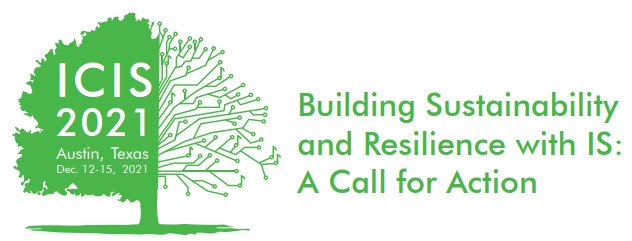Blockchain, DLT, and Fintech
Loading...
Paper Number
2458
Paper Type
Completed
Description
We develop a structural econometric model to capture the decision dynamics of human evaluators on an online micro-lending platform, and estimate the model parameters using real-world data. We find two types of biases in gender, i.e. preference-based bias and belief-based bias, are present in human evaluators' decisions. Both types of biases are in favor of female applicants. Through counterfactual simulations, we quantify the effect of gender bias on loan granting outcomes and the welfare of the company and the borrowers. Our results imply that both the existence of the preference-based bias and that of the belief-based bias reduce the company's profits. When the preference-based bias is removed, the company earns more profits. When the belief-based bias is removed, the company's profits also increase. Both increases result from lowering the approval probability for borrowers, especially female borrowers, who eventually default on loans. For borrowers, the elimination of either bias decreases the gender gap in the credit risk evaluation.
Recommended Citation
Hu, Xiyang; Huang, Yan; Li, Beibei; and Lu, Tian, "Uncovering the Source of Evaluation Bias in Micro-Lending" (2021). ICIS 2021 Proceedings. 15.
https://aisel.aisnet.org/icis2021/fintech/fintech/15
Uncovering the Source of Evaluation Bias in Micro-Lending
We develop a structural econometric model to capture the decision dynamics of human evaluators on an online micro-lending platform, and estimate the model parameters using real-world data. We find two types of biases in gender, i.e. preference-based bias and belief-based bias, are present in human evaluators' decisions. Both types of biases are in favor of female applicants. Through counterfactual simulations, we quantify the effect of gender bias on loan granting outcomes and the welfare of the company and the borrowers. Our results imply that both the existence of the preference-based bias and that of the belief-based bias reduce the company's profits. When the preference-based bias is removed, the company earns more profits. When the belief-based bias is removed, the company's profits also increase. Both increases result from lowering the approval probability for borrowers, especially female borrowers, who eventually default on loans. For borrowers, the elimination of either bias decreases the gender gap in the credit risk evaluation.
When commenting on articles, please be friendly, welcoming, respectful and abide by the AIS eLibrary Discussion Thread Code of Conduct posted here.



Comments
08-Block